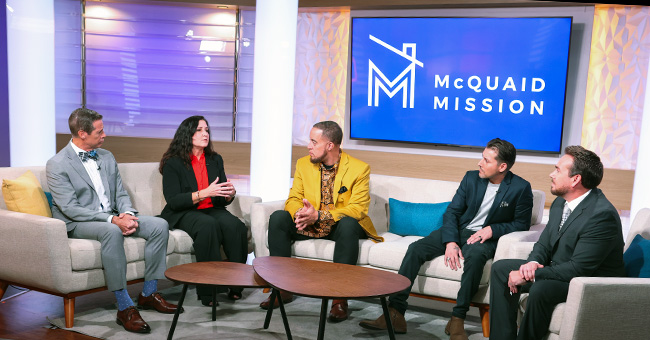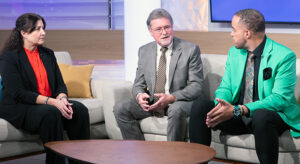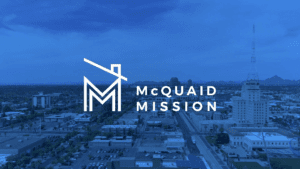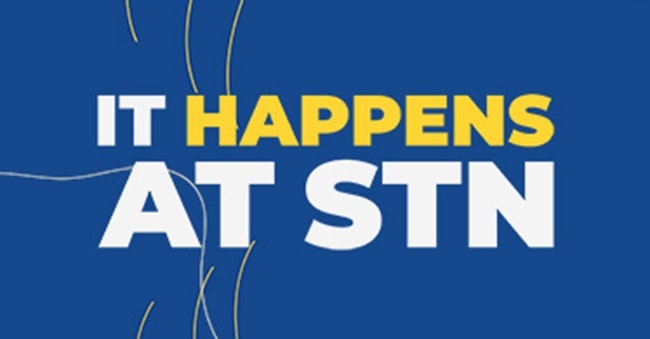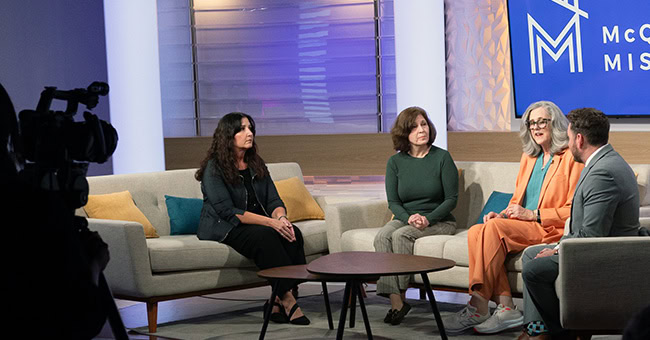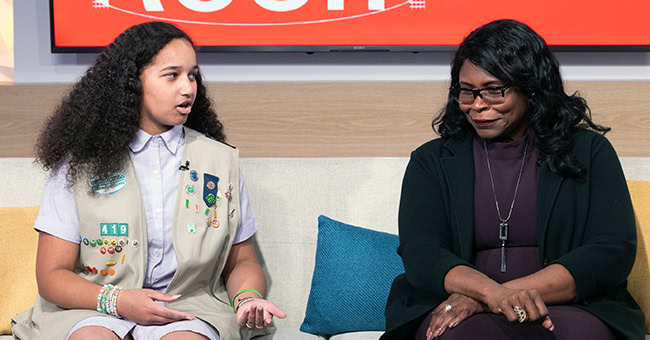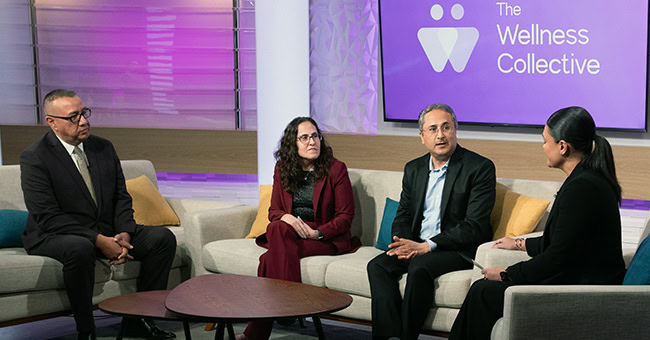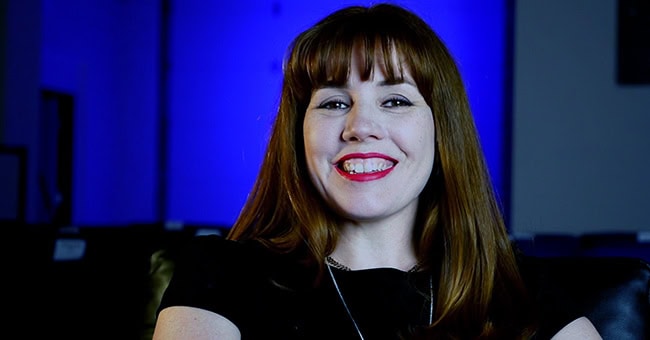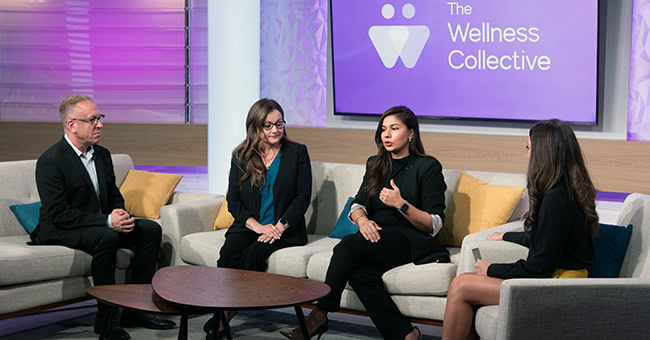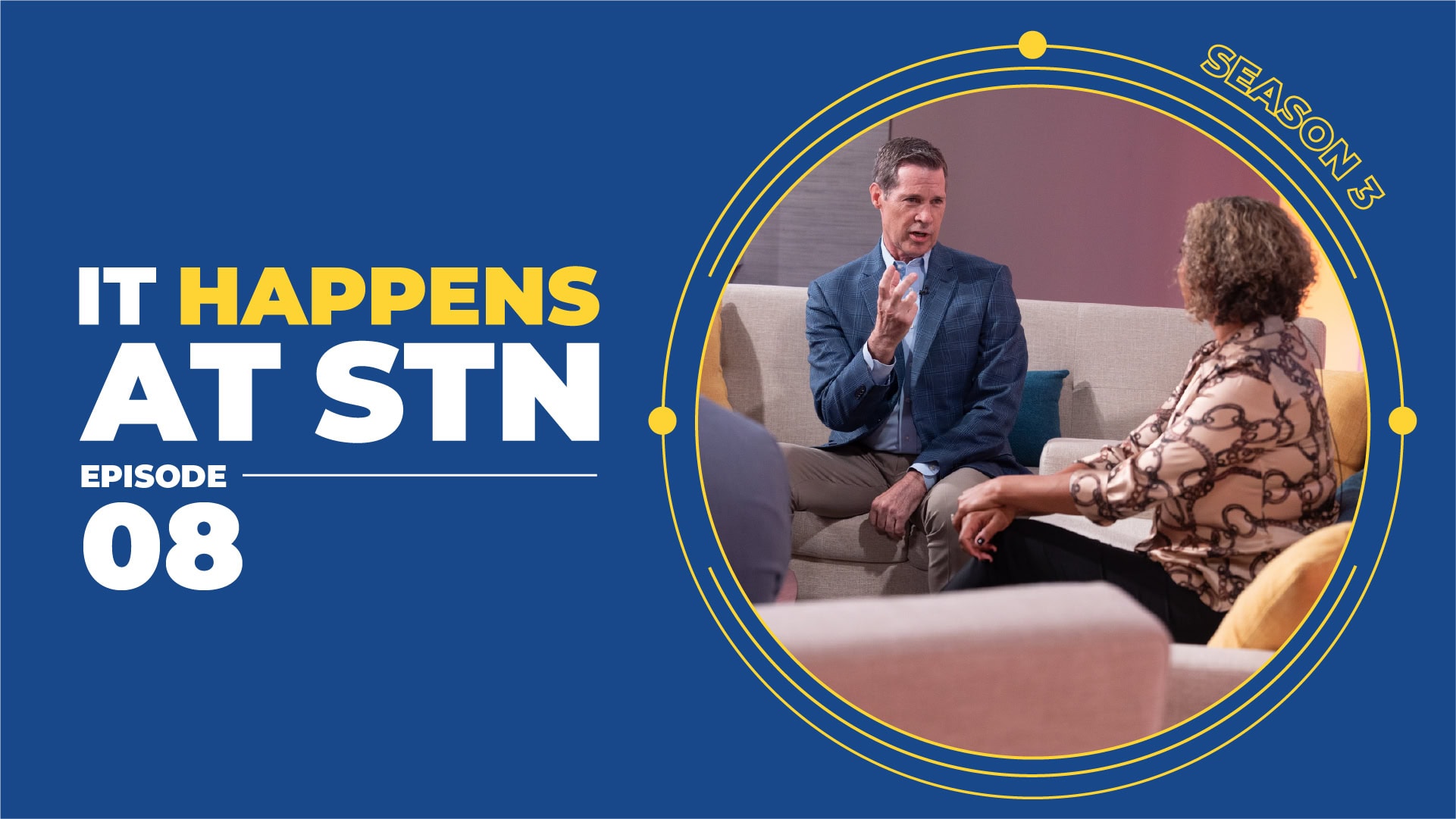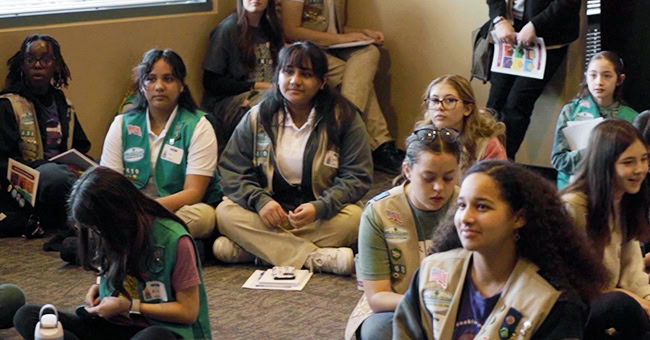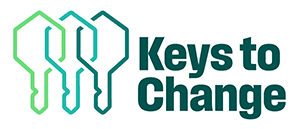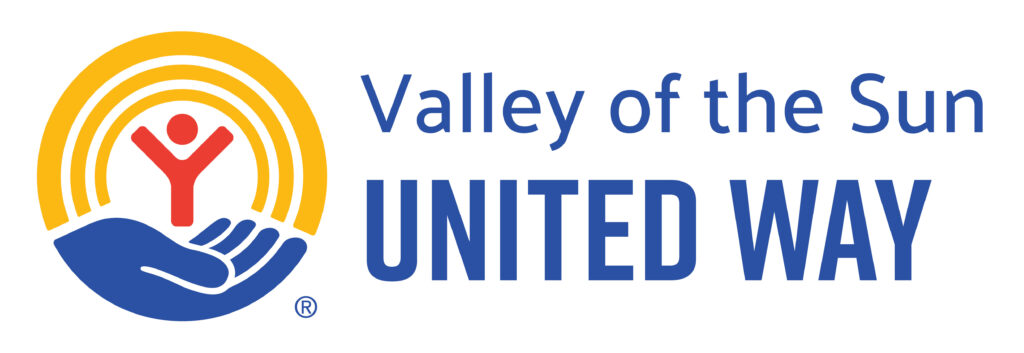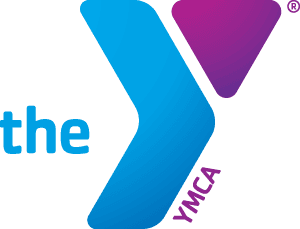It’s a somber statistic.
Out of every 20 people who become homeless in Maricopa County, only 10 of them manage to find housing and leave homelessness. This two-to-one ratio risks overwhelming programs and services intended to assist the growing homeless population in the greater Phoenix area.
However, leaders from two prominent organizations suggest that there are viable solutions.
In the season 2 premiere of ‘McQuaid Mission‘ on ‘It Happens at STN,’ Amy Schwabenlender, CEO of Human Services Campus, and Jackson Fonder, CEO of UMOM, join Johnny Furtado and Richard Crews from the Human Services Campus, for an in-depth discussion on the concept of flex funds, their utilization, and the crucial roles that diversion and prevention play in reducing homelessness in Maricopa County.
Watch the full discussion here:
The following transcript has been edited for length, clarity and context.
ERIC SPERLING:
Jackson, we were recently talking about the work that your team is doing at UMOM, and One of the things that you’re seeing is a lot of the people there at UMOM, the families, you’re serving a lot of kids there, a lot of kids at UMOM right now.
JACKSON FONDER:
Yeah, 331 kids on that seven-acre campus. That’s a lot of kids.
Sometimes when we think of homelessness, we might forget that. But at UMOM, you’ve got about 140, 150 families with those 331 kids. So they’re quiet in the morning, getting on the bus, heading to school, and then all Hades breaks loose at 2:30 when they let them off.
It’s great to be able to help them, but it’s also sad when you think about the kind of trauma that they’re experiencing and what they’ve got to go through. I’ve got a great team behind me and we feel like we’re making moves and making changes and all to a good result.
ERIC:
When we start talking about solutions, what are those repeatable solutions? What are those repeatable positives? Right now, we want to talk about a solution that we know has actually been helping some of those families over at UMOM: diversion and the importance of something called flex funding.
Johnny, I know this is your space over at the Human Services Campus. Can you describe for our leaders in the room and watching online what flex funding is, and how you guys use it there?
JOHNNY FURTADO:
Flex funding is a housing program, [in] which our main focus is moving assistance, [and] eviction prevention. But, we also assist with barriers in housing. We do judgment fees, vehicle repairs, immigration costs, utilities.
ERIC:
You’re giving money without restriction, right? You’re just saying, “Here, you need help.”
JOHNNY:
Yeah, actually what we do, [and] we do spend the money wisely.
ERIC:
Richard, you’ve been on this stage before and just off of what you just heard from Johnny, can you describe the importance of flex funding and how you guys use it?
RICHARD CREWS:
The beautiful thing about it, first off, is that first word: flexible. So there’s not a bunch of restrictions that are put on it. We’re able to figure out what is the need for that household.
We were able to take something that originally we thought we weren’t going to be able to help [even] a thousand families. We were able to help 1,500 families because of the way we do it. And the way that we do it is, “What’s your need? Here it is.”
“…making sure that whatever barriers are in the way, we remove them so that people can stay in their housing.”
Richard Crews – Program Director, Human Services Campus
And just making sure that whatever barriers are in the way, we remove them so that people can stay in their housing. As a result of that, we’ve got an 88% success rate. That means almost nine out of 10 people or nine out of 10 households that use this program are still housed. It’s a guaranteed program.
A lot of programs, and no shade to those programs, but, a lot of programs, they use funding in a way that’s like, “We only have this much to give. That’s it.”
That’s not what we did. What we did was instead we said, “The county gave us $3 million, so let’s get the $3 million out.” We thought it was going to take three years. It took a year and a half.
It’s like you think of the Titanic when people were sinking, the [people in] rescue boats were like, “Nah, we got to be comfortable on the boat, so I’ve got more space, but you can drown.” Right?
We said, “No, let’s get as many people on the boat now because people are dying.” Then we’ll talk to our development folks about raising the money and doing the things that we need to do to get more of this. Eight out of 10 is crazy. It’s a guaranteed successful program.
ERIC:
Amy, if you want to piggyback on Richard’s flex funding there, but also how diversion plays a role? Because [there is a] difference between diversion and flex funding and the Human Services Campus has been able to leverage both.
AMY SCHWABENLENDER:
Johnny’s also being very modest because Johnny took a program that we were in that early space of, “Well, can we spend this money over three years? The county gave us three years, right?”
Johnny came in and put more rigor to it. [He] worked in this portal that we had our IT contractor build so that it creates an equitable process. It doesn’t matter where a provider is in the valley, Johnny works with these partner providers to say, “Here’s what we need you to do.” We don’t want it to be over cumbersome.
At the same time, we do have to report back to the county government that we spent the money, [and] that this was the right investment.
Johnny’s negotiated contracts on furniture so that we’re getting the most furniture that we can for the amount of money a household has when they’re moving into a place to live. So Johnny’s never going to give himself enough credit for the good job he did.
ERIC:
He worked himself out of a job.
AMY:
He did.
Fortunately, we have over 40 positions available to hire. So Johnny gets another job. He can almost pick and create his adventure at the Human Services Campus because the rigor that Johnny put around flex funding allowed us to work with UMOM and partners in the room to say, “It doesn’t matter where you are in Maricopa County, we have a process. You submit an application. We can pay with ACH, we can cut checks, we have a courier, we deliver them to landlords.”
Similarly, what we’ve been doing for several years is what we call diversion.
“85% of people [that] we assist with diversion funds are reunified with family, friends or support network, and 85% of them do not return to homelessness after a year.”
Amy Schwabenlender – CEO, Human Services Campus
The goal is to help people who were being evicted. How can we keep them housed?
Diversion is really for people, individuals and families, that have already lost their home. They might show up at the welcome center, they might show up at the Family Housing Hub and they say, “It’s my first day homeless. I don’t know what to do.”
We’ve seen 85% of people [that] we assist with diversion funds, which is mostly transportation, are reunified with family, friends or support network, and 85% of them do not return to homelessness after a year. For maybe $250.
So what I think Johnny’s signing up for his next adventure is to take the portal, the technology, this rigor, and to apply it to our diversion process so that we’re creating the same opportunity again with the UMOMs with a New Leaf, [these] people in the room that we’ve mentioned before.
And, how do we all use this incredible tool that we built that helps create more system capacity and creates more equity in the process? So it might look one way if you fall into homelessness in Maricopa County. Your process, your journey might look one way in [one] part of the valley because it’s a different organization and there might be some bias in the process. The process we have in using the technology works to remove that bias and create greater equity regardless of who you are, where you are in Maricopa County
ERIC:
And Richard, we’re talking about something that doesn’t get all the attention all the time; it’s usually services and housing. [But] we’ve been talking a lot with our community partners about how we’re producing the McQuaid Mission this year and prevention needs to be a bigger part of the spotlight.
RICHARD:
We’re in a very specific moment now when it comes to crisis. We’re not just talking about homelessness in this abstract space of a wicked social problem. We have the fastest-growing homeless population in the country. So, we have to do it now in all of our organizations. We have to be in a space where we can get uncomfortable about this and just do it. We’ve got to all switch to Nike’s and just do it.
ERIC:
Jackson, help bring us home here. Talk a little bit about what you’ve heard. We’ve talked about diversion. We’ve talked about flex funding. These are repeatable positives. These are solutions. How can leaders in the room start putting some of these into motion?
JACKSON:
I would add just one thing, Eric, on top of that. Everything that was just talked about is right on the money. Just [one] added thing and Amy quickly alluded to it, and that’s on the back end. At UMOM, we also think about flex funding when someone leaves the shelter and is about to move into an apartment.
“The more their paycheck is geared towards the rent and utilities, the higher the likelihood that they’re going to succeed.”
Jackson Fonder – CEO, UMOM
That simply means that we don’t necessarily want their first couple of paychecks [from] that brand-new job to be spent on all the extra things it takes for some of us to move into an apartment. So we’ll take care of that. That flex funding helps out. Whether it’s mattresses, beds, kitchen utensils… all those things it takes to get an apartment ready. The more we can do that, and the more their paycheck is geared towards the rent and utilities, the higher the likelihood that they’re going to succeed. That’s very key.
ERIC:
Amy, these solutions can change that ratio we were talking about, that two-to-one. Twenty people entering homelessness to 10 people leaving, we can reduce that.
AMY:
We can get to one-to-one. Let’s not stay at two-to-one or go higher. That first number means that we have a housing problem and people are losing their homes.
The UMOMs, HSC, [and] our partners aren’t creating the inflow of people into homelessness. We’re doing everything we can to help people respond to that crisis and find their next home. But that rate of two-to-one makes everyone’s job in this space incredibly challenging.
So if we can look at flex funds, [and] diversion, one of our calls to action is support efforts where we’ve built a system already. We have the capacity.
Technology-wise, process-wise, if you’re interested in investing in diversion and flex funds, we will take your investment and we will help people move out of homelessness or never fall into homelessness to begin with at a lower cost than permanent supportive housing or other housing interventions that cost more over time.
If we let people live in homelessness for a long enough period of time, they need more supportive services.
The bottom line: get after it. We need $1.5 million to maintain a flex fund each year, and we can use the technology, the system, and the network with all the local organizations. We already maintain this program. Maricopa County doesn’t have the funding to add to our contract [or] to renew a contract.
Diversion is something we’ve already been doing and we want to continue doing it, but we have to reduce the inflow. We have to take two-to-one to one-to-one if we want to have a functional system in Maricopa County.
ERIC:
Last thing, Richard, can this room get us to one-to-one?
RICHARD:
Yes. I mean, literally, the will is in the room.
The collective will is in the room. The funders are in the room. The programs are in the room. It happens here at STN.
“We get into this work to make the impact. So let’s make the impact.”
Richard Crews – Program Director, Human Services Campus
We just have to be willing to actually dig down and find [out] what are the imaginative, innovative programs that we can create that actually get us there. This is what we should be doing. Let’s do it. It’s just that simple. Let’s do it. Then we can get it done because the will is there.
Most of us are not going to work to just pay bills. We get into this work to make the impact. So let’s make the impact.


